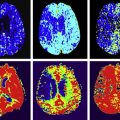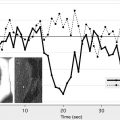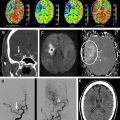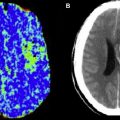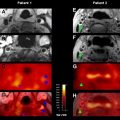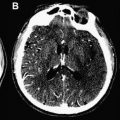
Since atheromatous disease is a major cause of acute ischemic stroke, one article includes a review of noninvasive imaging of the carotid artery with a focus on vulnerable plaque imaging.
Five articles address advanced CT and MR techniques such as CTA, CT perfusion, diffusion-weighted imaging, diffusion tensor imaging, dynamic susceptibility perfusion-weighted imaging, arterial spin labeling perfusion-weighted imaging, and permeability imaging for evaluating acute ischemic stroke.
Three articles address intravenous and intra-arterial therapies and the use of advanced imaging to guide patient selection. One reviews intra-arterial recanalization strategies. One addresses the role of diffusion and perfusion MRI in selecting patients for IV therapy and reviews major trials to date. An additional article reviews ASPECTS and other neuroimaging scores that are used in the acute setting to guide patient selection for intravenous and intra-arterial therapies and to help predict outcome.
Two articles address specific clinical syndromes to which our imaging approach and treatment are rapidly changing: wake-up strokes and transient ischemic attacks.
Another article on acute ischemic stroke addresses the need for a stroke imaging research roadmap; that is, the need to share data and standardize and validate imaging techniques.
While I have focused mostly on acute ischemic stroke, I did include one article on advanced CT imaging of hemorrhagic stroke since, in the emergency room setting, CTA has markedly improved our ability to rapidly diagnose underlying vascular lesions and predict who is at risk for subsequent rebleeding.
I am indebted to all of the authors for their invaluable contributions and I thank all of them for spending so much time and effort on their individual topics. I hope that readers find the articles in this issue interesting, informative, and thought-provoking.
Stay updated, free articles. Join our Telegram channel

Full access? Get Clinical Tree


